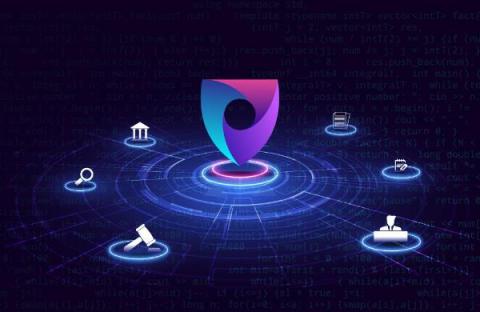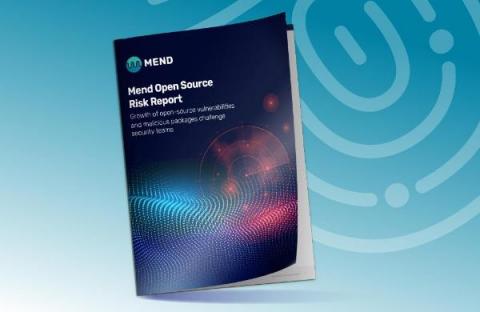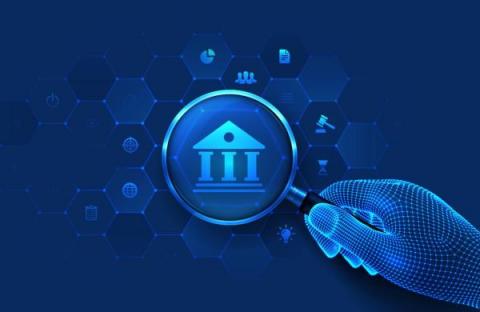FINOS: The State of Open Source in Financial Services
In partnership with Mend, the Fintech Open Source Foundation (FINOS) recently published its report, “The 2022 State of Open Source in Financial Services.” The report serves up a set of fascinating insights into the pace of open source adoption in the financial services sector. From optimizing benefits to overcoming obstacles, the report provides a valuable snapshot of open source software adoption in finance. Here’s a quick look at the report’s key findings.










